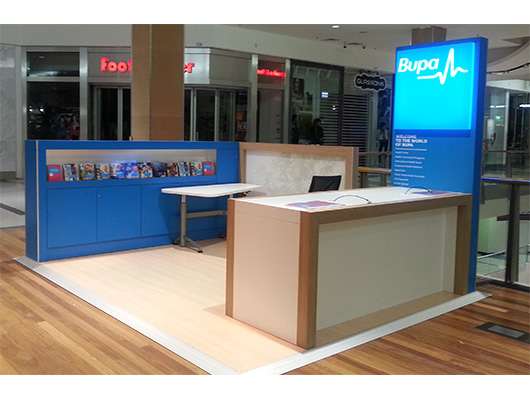

Endcap DisplaysĮndcap displays, as their name suggests, are displays that are positioned at the end of an aisle, facing out, perpendicular to the corridor.

If a banner stand isn't placed next to the product it's advertising, it can include a message of where it can be found in the store, to lead customers to the main section where the product is sold, encouraging them to spend more time in the retailer. When creating a banner stand, it's important not to overwhelm the shopper, so too many colors should be avoided, along with providing more written information than what the shopper is willing to read.

They are inexpensive, mobile, and effectually catch customers' attention. Banner stands may carry a few of the advertised product, while the rest are located in a different part of the store. Banner Standsīanner stands are standalone signs that can be placed throughout a store to feature a product or announce a sale. They are typically made out of cardboard, so they are a great chance to experiment with some attention-grabbing shapes or designs. Unlike dump bins, however, they are more organized in appearance and often neatly display slightly larger products on shelves or hooks. Freestanding Displaysįreestanding displays are also standalone displays that can be interacted with from every angle, making them accessible to the customer. Since they are usually composed of cardboard or are otherwise customizable, they are not only an excellent opportunity to get creative with how a brand's image is projected, but they're also simple for distributors to ship and for employees to set up. They are also often used for clearance or otherwise heavily discounted items.Ī significant advantage of dump bins is that they are standalone displays, so they can be tactically placed to be seen and interacted with from all angles.
Shop pop displays full#
They may be full of candy or other small products that provoke impulse buys. Dump Binsĭump bins are large bins in stores that are frequently stocked with individually packaged products. They may be utilized with more anti-shoplifting measures such as security alarms. These displays are usually used for higher-end products, or for more expensive and smaller products, because of their security. Or the display case may serve a purely ornamental purpose, in which case, shoppers can find the product on its home shelf. To access the products, customers may have to speak to an employee to retrieve the item from the case for them. Retail display cases are standalone displays closed in on all sides with glass or clear plastic. They are typically made out of steel frames and pegboards, with options for brands to promote their product through graphics along the shelves, and an attractive color scheme. Their adjustable shelves make them customizable to accommodate different-sized products. They are generally used in larger, more open areas of a store. Gondola displays are standalone shelving units that have two sides. To do this, many manufacturers create custom POP displays for retailers. Retailers must determine the best way to showcase their products and services in order to maximize their sales potential. Recently, the point of purchase for products and services has become a retailer's focus. Types of Point of Purchase (POP) Displays This article will explain the differences in the types of POP displays, along with their different advantages and disadvantages. The display is called a point of purchase display. Marketers and retailers use this term when planning the placement of products for consumers, such as strategically placed product displays in a grocery store aisle. A point of purchase may apply to a physical location, such as a store or retail outlet, or may be an electronic sales environment like a website. Point of purchase, or POP, refers to the location where an end-user buys a product.


 0 kommentar(er)
0 kommentar(er)
